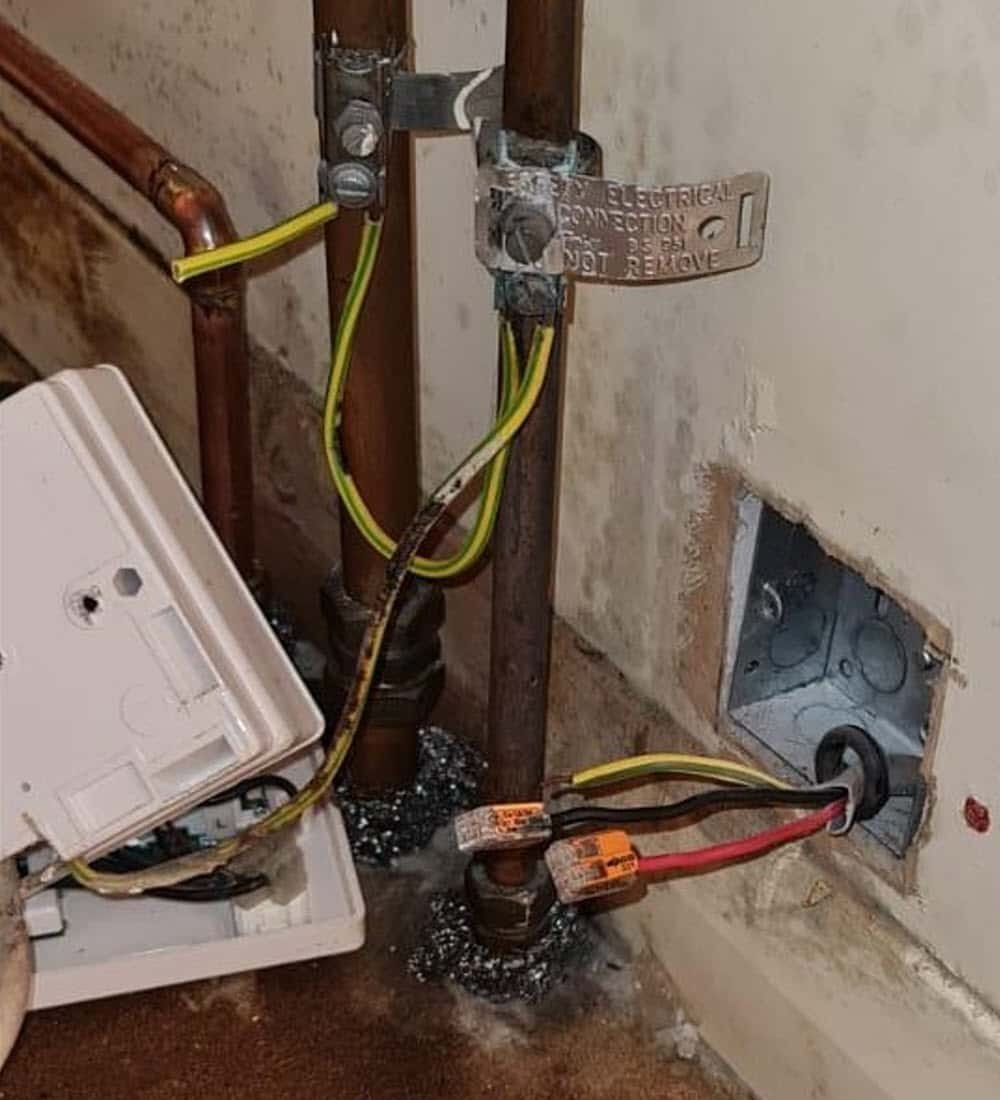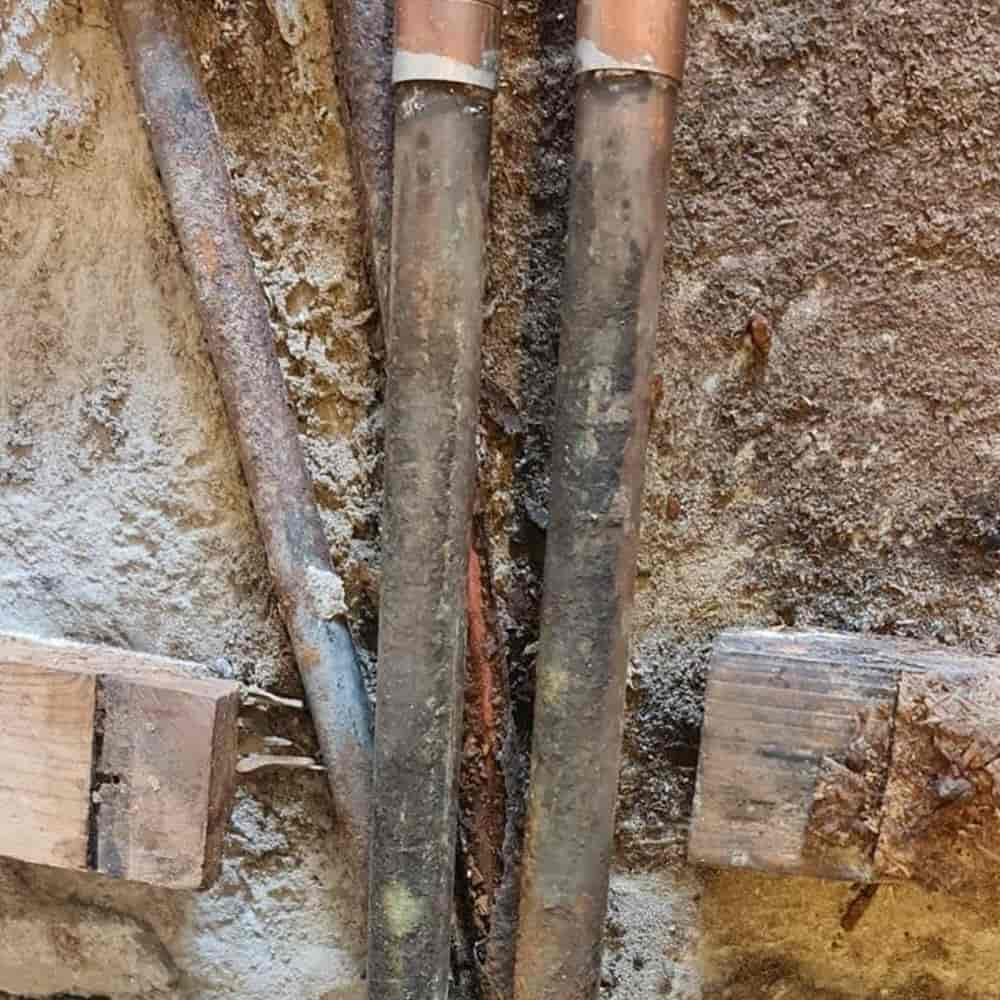An Electrical Installation Condition Report (EICR) assesses the safety and condition of electrical installations within a property, ensuring they meet the required standards for renting out or living in. Identifying fault codes is a crucial part of an EICR, with C2 faults being significant.
This page forms part of our guide to EICR fault codes. and follows on from the recent page on EICR C1 codes.
What is a C2 fault in an EICR? Potential danger and urgent action is required!
A C2 EICR fault indicates a potentially dangerous condition that necessitates urgent remedial action. While it may not pose an immediate risk like a C1 fault, a C2 fault still represents a significant concern that needs to be addressed quicky to maintain electrical safety.
EICR C2 meaning and definition
A C2 code EICR signifies that there is a potentially dangerous condition which, if not addressed, could become a serious risk. The presence of a C2 on EICR requires urgent action to rectify the issues and prevent any risk of injury or damage.
Why fixing a C2 fault is required for safety – addressing a C2 EICR fault is essential. The EICR C2 definition (above) highlights that the condition is potentially hazardous and requires prompt attention. While not as critical as a C1 fault, resolving a C2 EICR fault is vital to ensure the safety and compliance of the property.
Is a C2 a fail on an EICR?
Yes, the presence of a C2 code is considered a fail and will render the EICR report unsatisfactory. To achieve a satisfactory rating, all C2 faults must be rectified. This is crucial for landlords and property owners to comply with regulations and guarantee the well-being of occupants.
Examples of C2 faults in an Electrical Installation Condition Report (EICR)
Understanding EICR C2 examples can help property owners and landlords appreciate the urgency of addressing these issues. Common C2 EICR faults include:
Below, you can see an earthing conductor that has been cut, disrupting the continuity to the pipe on the far left. This poses a potential risk of electric shock.

Worn or damaged insulation:
Insulation that is worn or damaged can lead to short circuits and electrical fires if not promptly repaired. This issue is common in older installations, but it can also occur in newer properties if the wiring has not been done correctly at the time of the installation.
The most common place this is found in a domestic property is in a shower switch/isolator, cooker switch or outlet and in socket outlets.
Inadequate bonding:
Poor or inadequate bonding can lead to dangerous voltages on metalwork, posing a significant risk of electric shock. This issue often arises when there is extensive pipework from a new boiler installation, and the heating engineer has cut away pipes, disrupting the continuity of the earthing arrangements.
Correct bonding ensures that all metal parts are safely connected to the electrical earthing system, preventing dangerous voltage levels that could cause serious injury or damage. Therefore, ensuring adequate bonding is essential, especially in properties with recent plumbing or heating additions.
As part of the EICR it is mandatory to have the mains waster and gas pipe earthed with a 10mm earth wire.
Loose connections:
Loose electrical connections can cause overheating, potentially leading to fires if not addressed. A loose connection can create arcing, which generates heat and can damage wiring accessories.
This heat can cause the plastic components inside switches to melt, often emitting a distinctive fishy odour. Addressing loose connections quickly is essential to prevent these dangers.
Corroded parts:
Corroded electrical components can significantly compromise the safety and functionality of an installation. This issue is commonly found in garden lighting, where external elements such as moisture and debris can infiltrate and damage the internal parts of the fixtures.
This corrosion not only affects the performance of the lighting but also poses a serious risk of electrical faults and potential fire risks. Regular inspection and maintenance are crucial to ensure outdoor electrical installations remain safe and operational.
Plastic MCB consumer units:
Plastic consumer units that do not comply with the 18th edition regulations can be classified as a C2 EICR fault due to their increased risk of fire if the IP rating is not met, wrong size meter tails or if the incorrect MCBs have been installed.
To meet current safety standards, all socket outlets should be protected by an RCD acorning to the new Scottish Government Repairing Standard, and a surge protection device should be installed as part of the new fuse board installation.
We exclusively install metal RCBO surge protection consumer units, ensuring the highest level of safety and compliance for your property.
Bathroom light is not IP rated
The bathroom light does not have the necessary IP rating for safe installation in a wet or damp environment.
This deficiency not only poses a significant safety hazard but also does not meet the minimum electrical regulations, making it necessary to replace the light fixture to ensure compliance and protect against potential risks.
Common C2 faults on a EICR
The picture below shows a severely corroded conduit, damaged by water exposure, with live electrical parts exposed. This issue was discovered when the homeowner was alerted to a leak from the neighbor below.

How long do you have to fix a C2 on an EICR?
The time frame for addressing a C2 EICR fault depends on the specific condition and the risk it poses. However, we recommend fixing all C2 EICR faults as soon as possible to ensure the safety of the electrical installation and its occupants.
When we conduct an EICR we normally provide a quote for all required repairs on the same day of the test and aim to have the remedial works completed within 7 working days.
Legal obligations for landlords regarding C2 fault codes
For landlords, fixing a C2 EICR fault is both a matter of safety and a legal obligation. An unsatisfactory EICR can result in penalties and prevent the property from being rented out until the issues are resolved.
Ensuring all EICR C2 faults are addressed promptly is crucial for compliance and tenant safety.
Conclusion
C2 codes identified in your EICR report show where potentially dangerous conditions have been found that could become a serious risk. C2 codes require urgent action to rectify the electrical issues in order to prevent the risk of injury or damage.
If you had an EICR conducted recently and have any questions that you’d like to ask a qualified electrician, please feel free to get in touch using the enquiry form on our EICR testing page.
We hope this article has been useful – do let us know if you’ve found it helpful.
All the best
Mark and the IES team.

